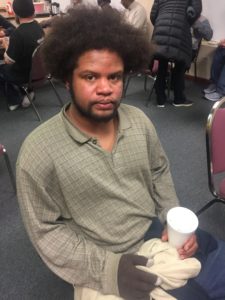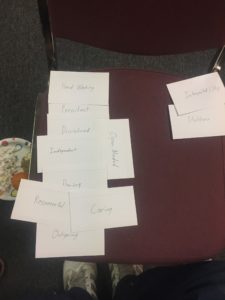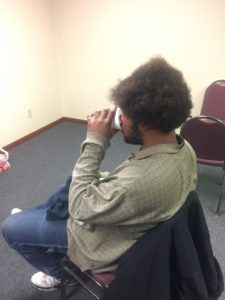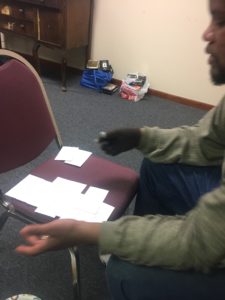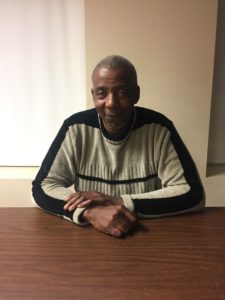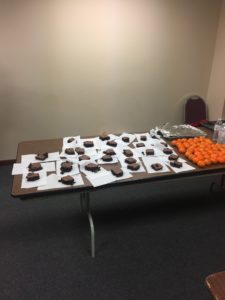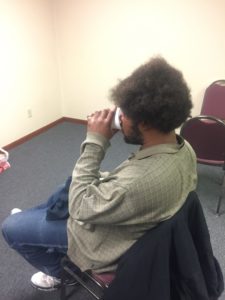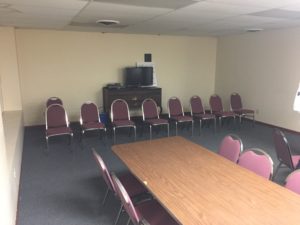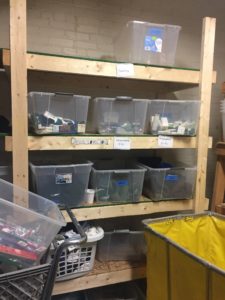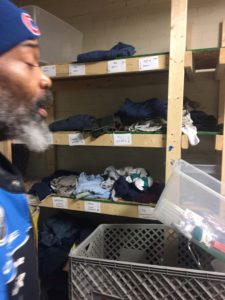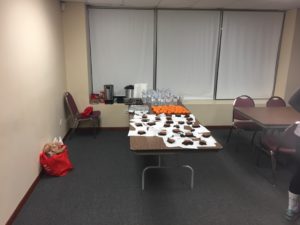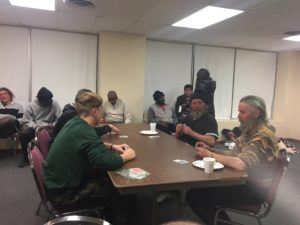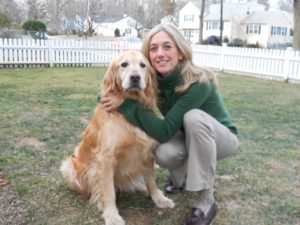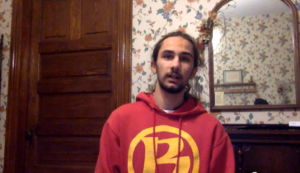Analogous Immersion – Madi’s College Decision
The Process:
When I sit down to think about my college decision I remember it being quite the process.
Stage 1: I hadn’t put a lot of thought into the decision prior to High School, and in the first two years of High School I also didn’t think about it a lot – I only knew I wanted to succeed, and that I had a few schools that to me equaled success.
Stage 2: Over the summer before junior year, I remember incessant googling.
– Best colleges in the United States… in Michigan… in the East… etc.
– Best colleges for Business… for Liberal Arts… etc.
– Most beautiful college campuses
– If you can think it, I googled it. And after lots of googling, you start to notice patterns.
Stage 3: Then junior year we were faced with the decision at the end of the year, and the apps at the beginning of the year.
I was noticing patterns, and compiling lists of all the schools I was considering. I compiled criteria and tried to narrow down long lists. I talked to counselors, teachers, friends, and pulled out the common app and started to fill out essays. Then, once I had a decent sized list formed, I wanted to talk to people, so the school visits began.
Stage 4: I visited schools on the East Coast, the University of Michigan, Vanderbilt, Notre Dame, and Michigan State University.
The visits entailed me learning a lot more about what each institution offered, what life was like on campus
I wrote up spreadsheets, and tried to figure out where I “fit”. The following are the criteria I considered in my spreadsheets:
The Factors:
– Price
– Faith Life
– Academics
– Job Prospects
– Alumni Network
– Location
– My Parent’s Opinions
– Safety
– Ratings
– Reputation
The Options:
– I applied to eight different schools, and remember thinking that I could have applied to so many more.
– I was so indecisive, and despite having tons of criteria and spreadsheets and reflections, it still felt like I wasn’t sure I had done enough.
– I felt highly informed, but like there was still so much I did not know, and could not know until I attended any of these places as a school.
The Emotions:
– Falling in love with places over and over again. Looking around, and feeling shock and awe that I would be privileged enough to attend these kinds of places – this is a feeling that students deciding between a lot of schools might feel, but slightly less relatable.
– Being fascinated by the college students and their lives – this could be equivalent to how intermediate school students feel visiting high schools.
– Overwhelmed by the sheer amount of information, or disappointed by the lack of proper information – I’m sure intermediate parents and students feel this.
– Nervous that I wouldn’t fit in or have friends.
– I was fighting with my parents a little bit over where to go, and over my procrastination of the decision. I’m sure some students feel tension with their parents when making the decision.
– Worried about every aspect listed above under factors.
Five E Framework:
Entice – online articles, word of mouth, reputation, media, books, common app,
Enter – common app (we do not know anything about what it is like to actually choose a school or register for a school? Must add to our research questions.)
Engage – filling out the common app, finding letters of recommendation, etc.
For the purposes of this project, I think that Entice, Enter, and Engage are probably going to be foci of the project, so I only cover those three here.
